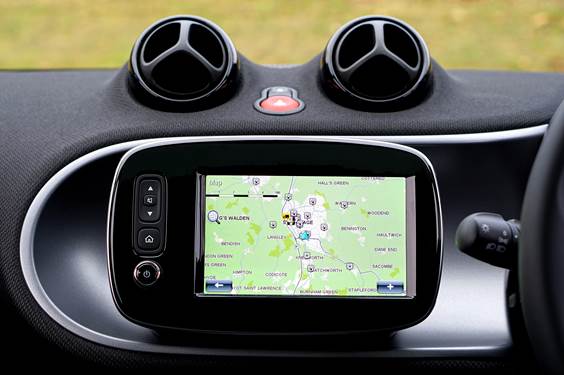We have the privilege of taking advantage of the Global Positioning System (GPS) which helps make our life much easier! There are many aspects to consider before you would be able to pick the best hunting GPS because this tool would be one of the most complex tools you would have for hunting. However, you should not disregard other important tools such as single pin bow sights if you are into archery-hunting.
Some considerations would include the suitability for your use, where you may want to consider what screen size you would prefer. Understanding which functions that you particularly need would be beneficial as well because you can choose a cost-effective handheld GPS with all your required functions.
Other aspects to consider for hunting would be how good the satellite reception is for the unit, how clear is the display quality in different weather conditions and how huge the memory capacity. After choosing a good hunting GPS, you are ready to go hunt!
But wait, you may want to look into how a hunting GPS works before you actually venture into the woods. Here, I want to clarify that this article would best be separated into three parts, first, to explain about the Global Positioning System as a whole; second, about specifically how a handheld GPS works, and third, how would this be applied for hunting.
Global Positioning System
The Global Positioning System is a way to determine your position any place on the globe, by accurately measuring the distance between where you are on the earth to the satellites in outer space.

The GPS can also be said to be a network of about 30 satellites that is going around the Earth. A GPS is an effective tool to know your location because despite wherever you are on the globe, there would at least be four GPS satellites that are ‘visible’. It is only when there are 4 satellites where your GPS receiver would be able to calculate how far away each satellite is.
Moving back in time, the GPS only became fully functional in 1995 where it was launched by the United States Department of Defence. Until the year 2000, the US government chose to practice Selective Availability where they would degrade information that civilians would receive. Once the government practiced ‘Selective Availability’, GPS devices started taking off in the market.
Handheld GPS Receiver
Explaining how a Handheld GPS Receiver work would overlap greatly with the explanation on how the Global Positioning System work, but specifically on how your position is identified. Basically, GPS receivers are the items that do all the calculations for you, determining your location.
There are many fundamental physics and mathematics involved in how a Handheld GPS works, but I would just state some basics. Basically, the GPS would determine with great accuracy in space your latitude, longitude, and elevation above the sea level. The GPS would do this by the ‘triangulation method’, where it involves identifying the distances to at least three distinct GPS satellites from your GPS receiver.
When all three distances are known, the GPS would be able to tell your location.
Then the GPS would have to overcome timing problems as well. Your GPS receiver would measure the arrival time of the signal from the satellite. GPS receivers would also contain internal clocks where there is a time offset clock in the GPS receiver.
When a fourth satellite signal is received, and a fourth distance is measured, only then your GPS would be able to determine your position with high precision.
Concerning satellite signals, they are emitted at two different frequencies, namely 1228 and 1575 MHz. These signals would be received by your unit and would contain the information required. By doing this process, the GPS can tell exactly where you are!
How would this be applied for hunting
A hunting handheld GPS receiver would be able to help you distinguish public and private land so that you can know where you can hunt. Basically, the maps would include certain color-coded boundaries so that you can identify the different land ownership.
Also, a hunting GPS can help you to decide where to place your hunting stands without problems because you would best be able to take a stand where the wind blows northwards, against your back. One really great feature is that you can save waypoints in your GPS after you are done scouting using your computers! How a GPS works, as explained above would be the basis for providing these features for you.
Conclusion
After understanding how a handheld GPS receiver works, you are more prepared as compared to other hunters! There are several useful tips that you have to keep in mind as well so that you can use the handheld GPS effectively.
With a handheld GPS, you would be able to place hunting stands without any problems because your GPS would give you the information on which hunting stand you should hunt on. Basically, you should be on a hunting stand where the wind blows towards your back so that it would ensure that your shots are accurate. Also, a GPS can help you distinguish between public land and private land, another useful function to show you where you can hunt.
You should explore other techniques as well such as looking into different navigation methods and even start to do scouting. If you have any ideas or would like to share anything relevant concerning the topic, feel free to comment below!




